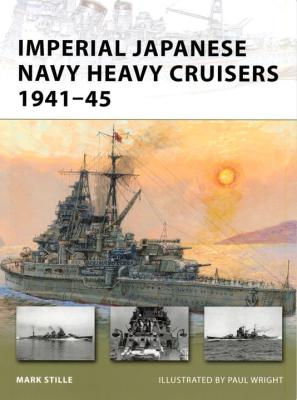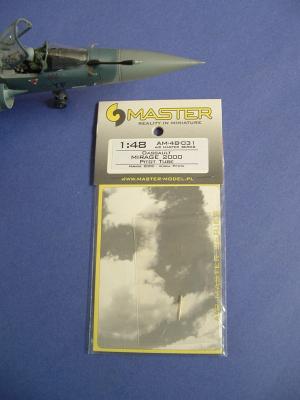If you have not dealt with “Zactoman”, and you are in to 1/32 Soviet aircraft, visit his website. Your wallet will automatically open… In this case, Chris graciously provided review items.
When I built the Trumpeter SU-25 back about three months ago, I noted the outboard pylons were not included in the kit. Serious sadness, as I had never seen an SU-25 without these pylons. The holes for the pylon mounts were in the wing, but the pylons were not on the runners anywhere…. Who could figure out why? Cost cutting over 1/100 of a dime…
In steps Chris at Zactomodels. He’s about as crazy about cold war Soviet aircraft as I am… and he has provided a 1 or so-hour solution to the missing pylon. The PD-62-8 Pylon and APU-60-1 launch rail he provides, along with the detail parts to make it more realistic, are for lack of words, perfect resin castings. Suddenly my SU was about to be complete…
Wash the parts with 409 or similar degreaser, let dry, and get busy.















